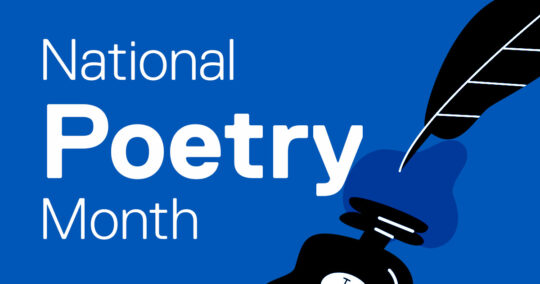Cleveland Public Library’s Recommended Reads for Women’s History Month
Women architects in the modern movement by Carmen Espegel Alonso Women Architects in the Modern Movement rewrites the history of modern architecture to elevate the often-overlooked female architects who helped build the movement. Starting with a theoretical analysis that situates women’s roles both in society and architecture specifically, Carmen Espegel examines the transition from women […]
Women architects in the modern movement by Carmen Espegel Alonso
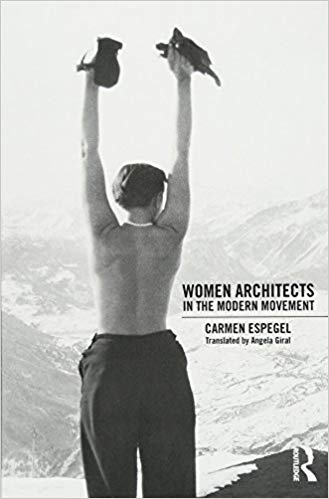
Women Architects in the Modern Movement rewrites the history of modern architecture to elevate the often-overlooked female architects who helped build the movement. Starting with a theoretical analysis that situates women’s roles both in society and architecture specifically, Carmen Espegel examines the transition from women as objects to subjects at the advent of modernity. This theoretical basis is grounded through four case studies on pioneering women architects: Eileen Gray, Lilly Reich, Margarete Schütte-Lihotzky and Charlotte Perriand. Along with illuminating their lives and work, Espegel aims to help us examine and observe the world from a perspective where the feminine and masculine are not exclusive, so that we might learn from the past in order to build with dignity in the future.
Translated from the original Spanish by Angela Giral.
The Cost Of Being A Girl : Working Teens And The Origins Of The Gender Wage Gap by Yasemin Besen-Cassino
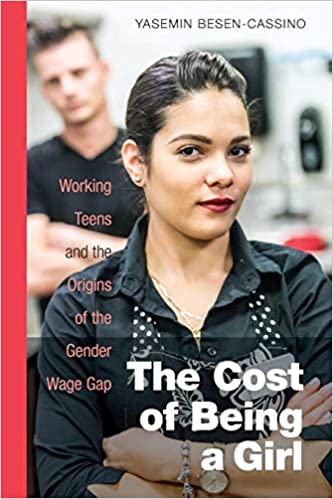
The gender wage gap is one of the most persistent problems of labor markets and women’s lives.
Most approaches to explaining the gap focus on adult employment despite the fact that many Americans begin working well before their education is completed. In her critical and compelling new book, The Cost of Being a Girl, Yasemin Besen-Cassino examines the origins of the gender wage gap by looking at the teenage labor force, where comparisons between boys and girls ought to show no difference, but do.
Besen-Cassino’s findings are disturbing. Because of discrimination in the market, most teenage girls who start part-time work as babysitters and in other freelance jobs fail to make the same wages as teenage boys who move into employee-type jobs. The “cost” of being a girl is also psychological; when teenage girls work retail jobs in the apparel industry, they have lower wages and body image issues in the long run.
Through in-depth interviews and surveys with workers and employees, The Cost of Being a Girl puts this alarming social problem—which extends to race and class inequality—in to bold relief. Besen-Cassino emphasizes that early inequalities in the workplace ultimately translate into greater inequalities in the overall labor force.
Who Cooked Adam Smith’s Dinner?: A Story Of Women And Economics the modern movement by Katrine Marçal
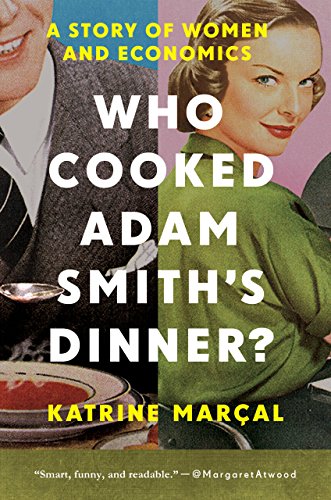
A funny, clever, and thought-provoking examination of the myth of the “economic man” and its impact on the global economy.
How do you get your dinner? That is the basic question of economics. When economist and philosopher Adam Smith proclaimed that all our actions were motivated by self-interest, he used the example of the baker and the butcher as he laid the foundations for ‘economic man.’ He argued that the baker and butcher didn’t give bread and meat out of the goodness of their hearts. It’s an ironic point of view coming from a bachelor who lived with his mother for most of his life — a woman who cooked his dinner every night.
Hidden Figures by Margot Lee Shetterly
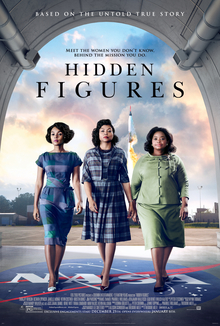
Before a computer became an inanimate object and before Sputnik changed the course of history, before the Supreme Court case Brown v. Board of Education established that separate was in fact not equal, and before the poetry of Martin Luther King Jr.’s “I Have a Dream” speech rang out over the steps of the Lincoln Memorial, a group of black women working at the Langley Memorial Aeronautical Laboratory in Hampton, Virginia were helping America dominate aeronautics, space research, and computer technology, carving out a place for themselves as female mathematicians who were also black, black mathematicians who were also female. Hidden Figures is their story.
Marion Manley : Miami’s first woman architect by Catherine Lynn

Marion Manley (1893-1984), Miami’s first female architect, successfully maintained an independent architectural practice in South Florida over much of the twentieth century. In this first comprehensive, illustrated work on Manley, Catherine Lynn and Carie Penabad explore the relationship of Manley’s work to her life and to the broader historical moment of which she was a part, including the overall development of the city of Miami. The book catalogs all of Manley’s known work, includes images and plans where available, and provides detailed examinations of what the authors consider to be her best, most emblematic work in each phase of her long career.
Best known as one of the designers of the innovative University of Miami campus built just after the Second World War, Manley worked on other public buildings that are less well known, including an addition to the John Ringling Museum in Sarasota. Her residential work is interesting as well: modest and rational, with careful consideration of regional characteristics and construction appropriate to the South Florida landscape. As noted architect Elizabeth Plater-Zyberk remarks in her foreword, “Understanding the reduced circumstances of the provenance of these buildings and their low-tech characteristics such as rooms with cross ventilation, large areas of shaded glass, and the almost tactile relationship to the adjacent landscape, we must admire the legacy of Marion Manley.”

